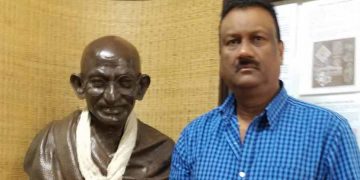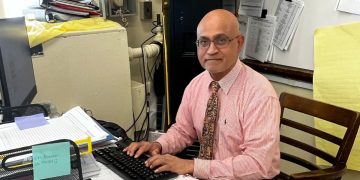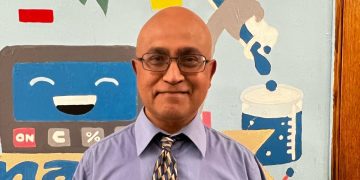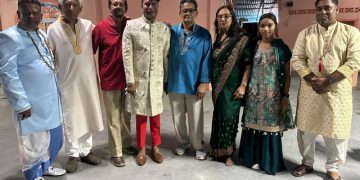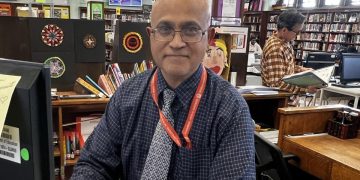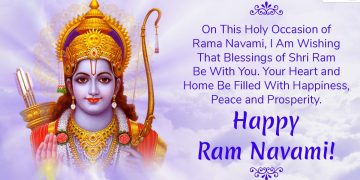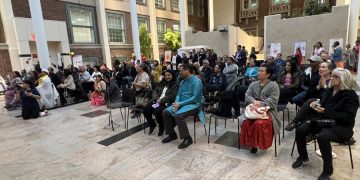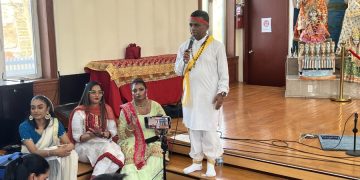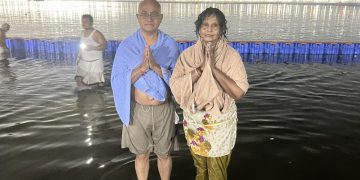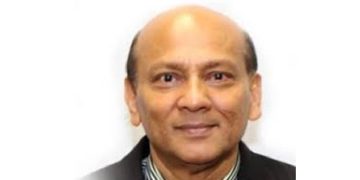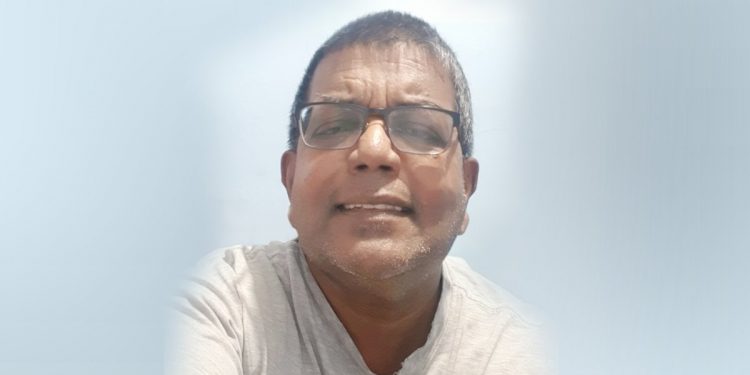Indian Arrival Day, May 30, was the brainchild of Ramdath Jagessar, a journalist. Haripersad Harikissoon, an executive member of the Maha Sabha knew Jagessar when they were undergrads at the St Augustine Campus. Jagessar along with Lloyd Haridan and a few others had formed Mukdar, a journal in the mid-1970s that highlighted the outstanding contributions Indians made to save the sugar industry, diversify the economy, and as entrepreneurs, farmers, professionals including teachers, doctors, lawyers, nurses, etcetera. Mukdar fearlessly addressed state discrimination against Indians in the areas of culture, employment in the public service, agriculture, and rural neglect.
In the late 1970s, Jagessar started the Indian Revival and Reform Association (IRRA), a pamphlet dedicated to highlighting the contributions of Indians to the development of the country and the commemoration of May 30 as the birthday of the Indian community in Trinidad. This paper was widely circulated. Written in simple prose, IRRA provided convincing arguments for May 30 to be celebrated as the birthday of the Indian community.
Jagessar also formed an Indian Arrival Day Committee. Among the members were Anand Maharaj, Rajeev Siewnarine, and Rajni Ramlakhan. Meeting Harkissoon in Curepe, Jagessar pitched the idea of commemorating Indian Arrival Day. Harikissoon listened attentively to Jagessar and finding merit in his idea, arranged a meeting with the Indian Arrival Day Committee and Sat Maharaj, General Secretary of the Maha Sabha. After the meeting with Jagessar and members of the Indian Arrival Day Committee, the Maha Sabha granted permission for its Youth Arm to work with the Indian Arrival Day Committee to host a massive cultural program on May 30, 1979, at the compound of the Spring Village Hindu School. The featured speaker was Sham Mohammed, founder, and presenter of Mastana Bahaar. Thus, was born the struggle that witnessed the evolution of May 30 into a public holiday in 1995.
The following year the program was hosted at the Lakshmi College Grounds and the featured speaker was Reverend Idris Hamid, Moderator of the Presbyterian Church.
In villages like Endeavour and Bamboo No 1 commemoration programs took the form of honoring the eldest with gifts. A few surviving immigrants were identified and invited to these programs also. When the Hindu Seva Sangh was born in 1983, the Sangh made Indian Arrival Day a major plank of its work. In the early years, the celebration took the form of concerts and speeches and the honoring of elders.
In 1983 the Sangh teamed with the St Patrick County Council and built the first commemorative Indian Arrival Day Statue at Cedros. The unveiling of the statue was proceeding with a re-enactment of the landing of the Fatal Rozack and a street procession. This was followed by a cultural program and the honoring of sons and daughters for nation building.
The Sangh, following the Cedros model, held re-enactment landings at Claxton Bay (1986), California (1985), Orange Valley (1986), Felicity (1987), and Moruga (1989). The Sangh also held a street procession with a Fatal Rozack in tow, followed by a cultural program at several venues: Chaguanas (1984), Couva (1984), St Mary’s in Moruga (1985), Curepe (1986), Rio Claro (1987)
Seeda Sadhu Monument
In 1992 the Sangh took a decision to erect a statue of Seedas Sadhu who had constructed the Temple in the Sea at Waterloo. The original temple had collapsed and there was much enthusiasm to rebuild the temple. A committee was formed comprising of members of the Sangh and villagers of Waterloo-Mahadeo Nagina, Vinoo Parasram, Roderick Macoon, and members of the Orange Valley Satsangh. A meeting was initiated with Ramchand Rajbal, Chairman of the Couva/Tabaquite/Talparo Regional Corporation who pledged the support of the Corporation
The following year the statue was unveiled by President Noor Hasanali. The statue boasted the image of the Sadhu whose struggles to preserve his dharma became a clarion call to people across the globe to preserve their identity. Today the Seedas Sadhu Monument is a major tourist attraction and an inspiration to all.
Basdeo Panday as a public figure understood the significance of commemorating this historical event and always presented himself to deliver the feature address at several venues including Rienzi Complex in Couva, Felicity, and Waterloo.
The Indian Review Committee led by Kamal Persad also provided an ideological framework for Indian Arrival Day to be declared a public holiday. When Trevor Sudama and Raymond Palackdharrysingh pioneered the motion in Parliament for Indian Arrival Day to be declared a public holiday, the major opposition came from members of the NAR government.
In 1991 Opposition Leader Patrick Manning was a guest of an Indian Arrival Day celebration in Cunupia sponsored by the Hindu Seva Sangh. In 1995, an election year, with the PNM in government, May 30 was declared a public holiday to be called Arrival Day. When Panday became Prime Minister, his government changed Arrival Day to Indian Arrival Day in 1996.
Special recognition must be given to Swami Satchitananda, head of the Divine Life Society (DLS). For several years the DLS held a procession on May 30 from the Shivanand mandir in Enterprise, Chaguanas along the Southern Main Road to its headquarters in Carlsen Field.
Also worthy of recognition are the pioneers of the Indian Centennial celebration of 1845 at Skinner Park, San Fernando. Among the dignitaries were the Acting Governor-General, Murli J. Kirpalani, and Adrian Cola Rienzi. A major feature of the celebration was the publication of the Indian Centennial Review with pictures and short biodata of the who is who in the Indian community.
By Dool Hanomansingh












